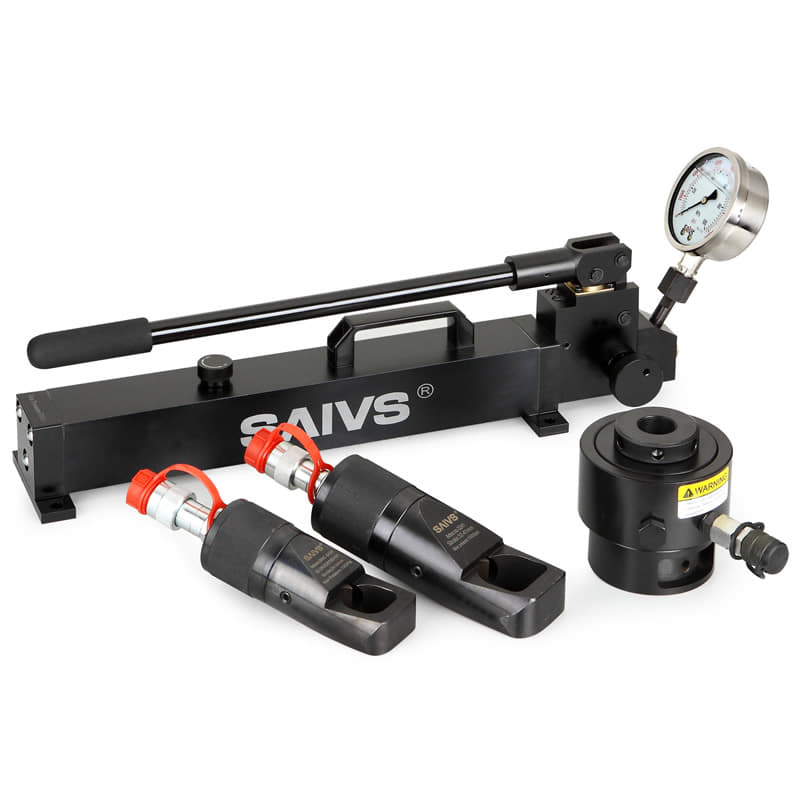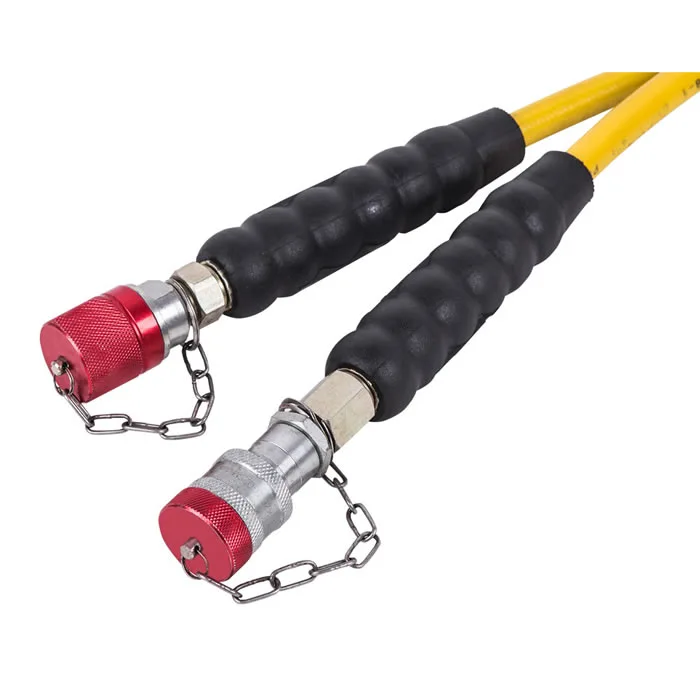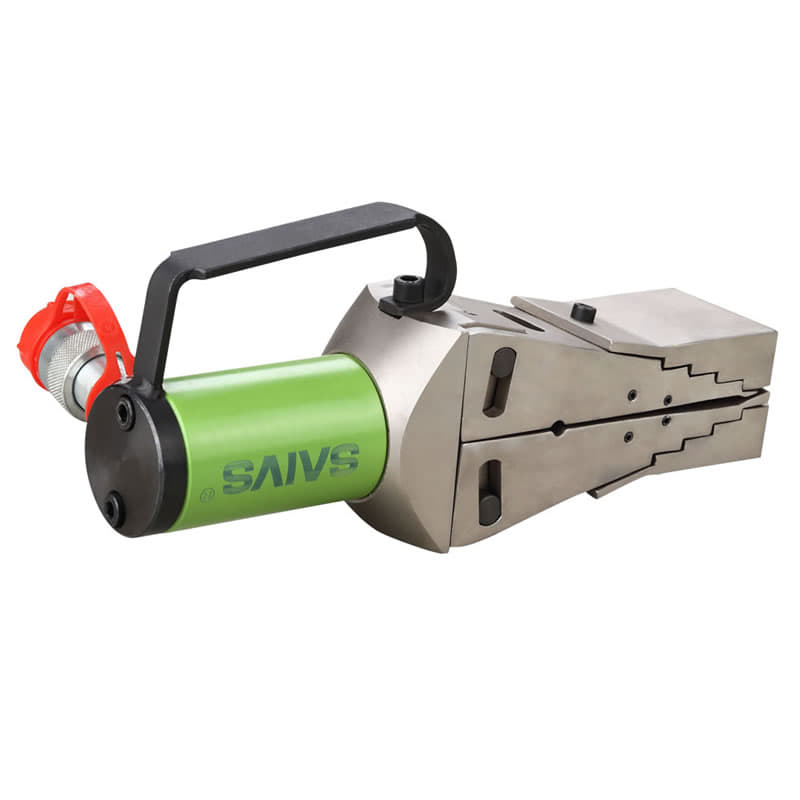How to Use a Hydraulic Flange Spreader Safely and Efficiently
Introduction
A Hydraulic Flange Spreader is a tool used to separate flanges without damaging them. Flanges are used to connect pipes, pressure vessels,
and other industrial components.
They are often bolted together, but sometimes they need to be separated for maintenance or repair.
I. How Hydraulic flange spreaders Work
Hydraulic flange expanders operate on the principle of utilizing hydraulic pressure to exert force, causing the controlled expansion of flanges.
The process involves the application of force to gradually widen the flange, ensuring a secure and uniform fit.
II. Types of Hydraulic Flange Spreaders
There are two main types of hydraulic flange spreaders: integral and split. Integral flange spreaders have all of the components in one unit.
Split flange spreaders are made up of two separate parts that are connected.
Hydraulic flange spreaders can be used with a variety of other devices, such as:
hydraulic pumps: hydraulic pumps provide the hydraulic pressure that is needed to operate the spreader.
hydraulic hoses: Hydraulic hoses connect the pump to the spreader.
Safety devices: Safety devices, such as pressure relief valves, help to prevent accidents.
III. How to use hydraulic flange spreaders
Preparing for Operation:
a. Personal Protective Equipment (PPE):
Before starting, prioritize safety by wearing the appropriate PPE, including gloves and safety glasses.
b. Equipment Inspection:
Ensure all components are in safe working condition through a thorough inspection.
Connecting Hydraulic Components:
a. Hydraulic Hose Connection:
Securely connect the hydraulic hose to the flange spreaders, checking for leaks or loose connections.
b. Split-Flow Manifold Connection:
Establish a tight connection between another hydraulic hose and the split-flow manifold.
c. Pump Connection:
Connect the hydraulic hose to either a hand or air pump, verifying the security of the connection.
Pressure Testing and Flange Spreader Positioning:
a. Pre-Operation Pressure Test:
Conduct a pressure test to ensure the Hydraulic System functions correctly without any leaks.
b. Strategic Placement:
Position the flange spreaders for optimal access to the target flange joint.
c. Building Up Pressure:
Gradually build up hydraulic pressure using the chosen pump, ensuring the wedge head fully engages to the heel for a secure grip.
Implementing Safety Measures:
a. Safety Block Placement:
Once the flange is separated, insert a safety block to secure the gap.
b. Pressure Release and Removal:
Safely release hydraulic pressure before removing the flange spreader, leaving the safety block in place to prevent unintended closure.
*Safety Precautions
- Always wear safety glasses and gloves.
- Make sure the spreader is properly sized for the job.
- Do not use the spreader if it is damaged.
- Always follow the manufacturer's instructions.
SFSH SFSM series hydraulic flange expanders are designed for industrial tasks such as repairs, overhauls, testing, and valve replacements.
With an integrated wedge block concept, these tools ensure smooth wedge movement, reducing the risk of flange damage and expansion arm failure.
The unique interlocking wedge design eliminates bending and slipping risks, featuring a minimal channel clearance of just 6 millimeters.
The SFSM-8 model includes a safety block (SSB-1), stepped block (SFSB-1), and ratchet wrench (SSW-22), while the SFSH model includes a safety block (SSB-1),
stepped block (SFSB-1), NPT3/8 quick coupling, and dust cap14 hydraulic wedge suspension.
Why Choose SAIVS™ as Your Supplier?
With 20 years of industry experience, SAIVS is a leading Chinese manufacturer of high-quality tools, offering competitive pricing and excellent customer service.We pride ourselves on exceptional quality control, extensive experience, and comprehensive after-sales service.


